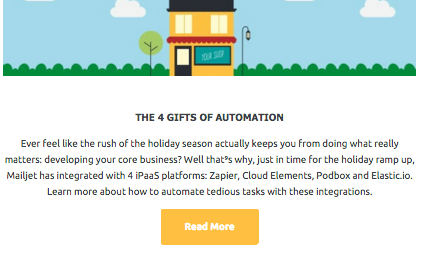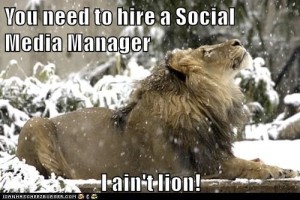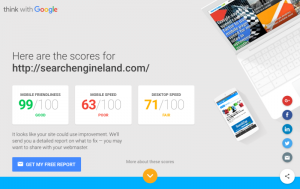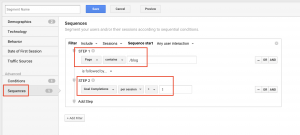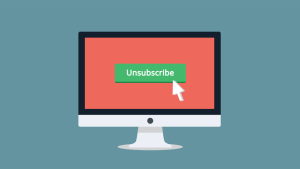Hurray! You’ve sent your first holiday email. Now what? You might be tempted to head off and celebrate this momentous step, but before you do – be sure to carve out some time to learn from this first send. Reviewing your KPIs will help you understand your customer’s mentality this season and set the stage for the coming months. Here are a few things to keep in mind when determining the success of your first campaign (and the many to come).
Winning over ISPs vs. users
The key to tackling the crowded holiday inbox is high deliverability and original content. Don’t forget that this means pleasing two audiences – ISPs (Gmail, Yahoo, AOL, etc.) and your users. Let’s take a look at how numbers can tell us all about how strong these relationships are:
Bounce Rate
This is the percentage of contacts who didn’t receive the email. There are a number of reasons why this happens, but to break it down easily there are two types of bounces – hard and soft. A hard bounce is an email address that is permanently undeliverable. It could be that it was entered incorrectly during opt-in (thank goodness for double opt-ins that help prevent this), or that the domain doesn’t exist. While a soft bounce is an address that is temporarily unable to receive incoming mail, because the inbox is full or the server is unavailable. The lower this rate, the better.
Keep an eye out for any unusual spikes in bounce rate. If you’re sending to an old list, a high bounce rate is a reminder to give your contacts a clean.
Unsubscribe Rate
This is your best indicator of engagement levels. The lower this number, the better. The unsubscribe rate is the number of contacts who opt-out of receiving email from you. As you ramp up sending frequency and/or test other types of content over the holidays, you’ll want to keep an eye on the unsubscribe rate to make sure it stays low. A high unsubscribe rate will not only hurt your reputation with the ISPs, it’s also a sign that users are asking for a different email marketing approach.
Remember, you can also use the unsubscribe page as an opportunity to recapture customers or learn where things might have gone wrong.
Spam Rate
The percentage of contacts marking your message as spam. As with bounce rate and unsubscribe rate, a successful campaign means a lower spam rate.
A report done by ReturnPath showed that last holiday season, more consumers wanted email and positively responded to it than not – meaning lower spam rates. This is good news for senders from particularly competitive spaces who might be worried about consumers being fed up with too much email.
Read up on Mailjet’s Sending Policy here to give yourself a benchmark of rates to look out for.
Conversion Rate
Conversion means something slightly different for each business and industry. But essentially it’s the end goal when it comes to email marketing. it’s when a recipient clicks through an email and performs an action you’d like them to take. For an e-commerce company, this could be a purchase, for a SaaS company this could be downloading a content piece. You’ve likely set company-wide conversion goals and marketing specific goals this past year. Perhaps you’ve even set holiday-specific conversion goals. A high conversion rate means you have a strong, compelling call-to-action and your contacts are engaged with your product.
To calculate conversion rate, simply divide the total number of users who performed the intended action by the total number of users who received the email. So let’s say you’re tracking subscriptions and your last email drove 100 subscribers. Dividing that by your total list of 10,000 contacts would give you a conversion rate of 1%.
The best way to track conversion rate is to use tracking links to set up goal funnels through Google Analytics and measure these metrics alongside your Mailjet dashboard.
Share Count
We can’t let social have all the fun, can we? The email equivalent to a “like,” “favorite,” or “retweet” is a share. Email can be forwarded through a “Send To A Friend” button or social share buttons that can be easily set up through Passport.
While the numbers may not grow staggeringly viral at the rate social shares do, greater email shares can build up social proof and lead to more brand recognition. Use apps such as Mention and Buffer to follow up on any conversations that continue onto other social channels. Use these opportunities to build leads or educate more on your product.
There you have it – only the tip of the iceberg when it comes to what you can and should be doing after your first email goes out. Track everything, and as the weeks go on you might find other interesting metrics to include that can help paint a fuller picture of performance.

Have you sent your first email campaign yet? How have you seen or measured success?
Digital & Social Articles on Business 2 Community(151)
Report Post